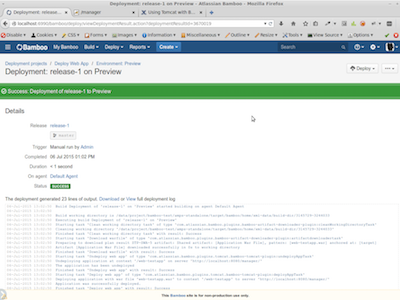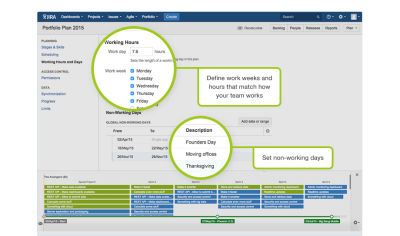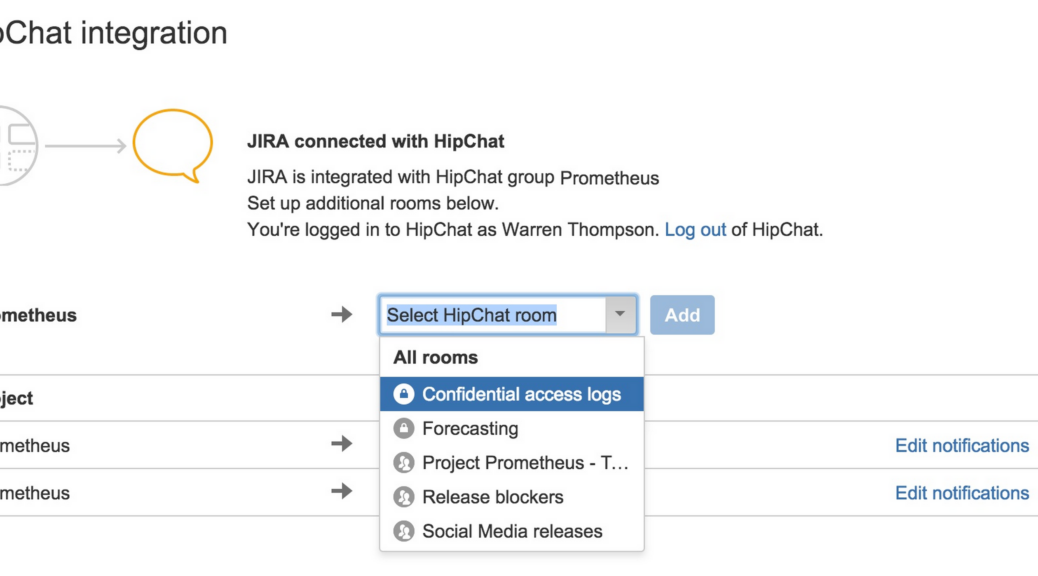Our Codeyard Theme: Create your own Intranet Software

Today is my first productive Codeyard day. Codeyard is our new all in one Atlassian solution and will hopefully become as successful as our Linchpin intranet solution based on Confluence. It offers the full Atlassian stack (HipChat, Confluence, JIRA, Bitbucket, Bamboo) including all required professional services (organizational and cultural coaching, consulting, installation, configuration, …) at a guaranteed fixed price.






